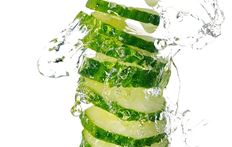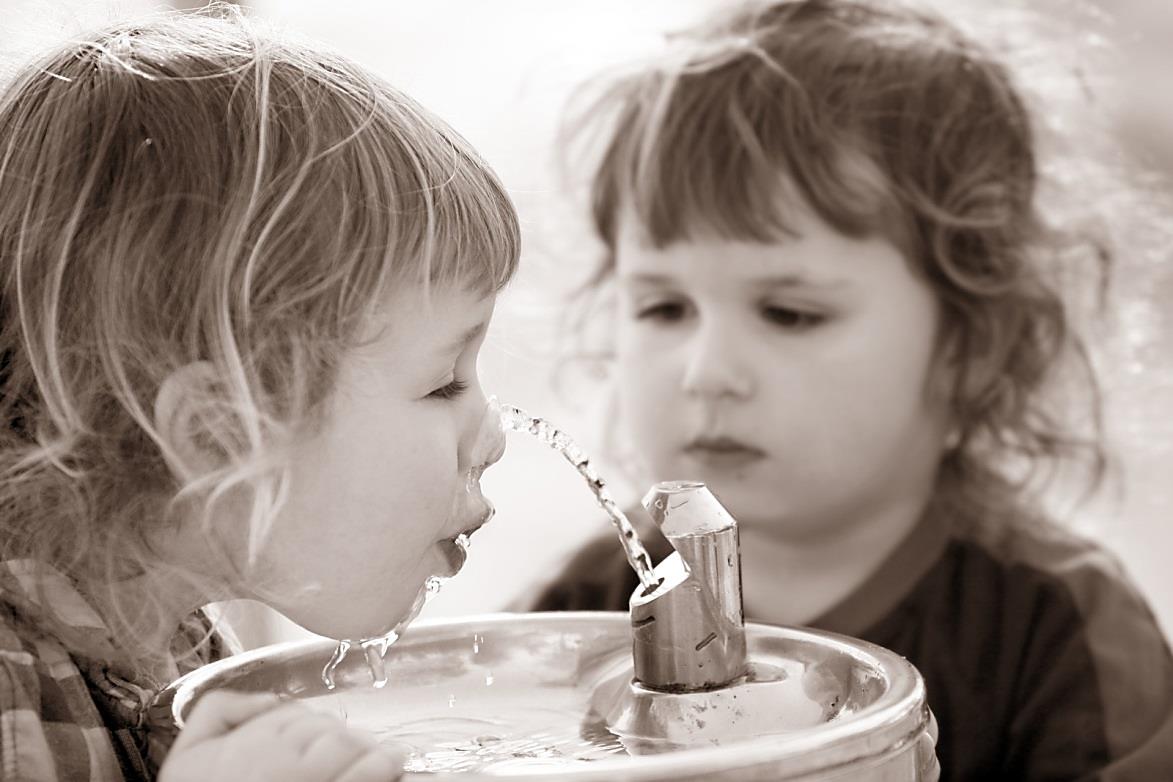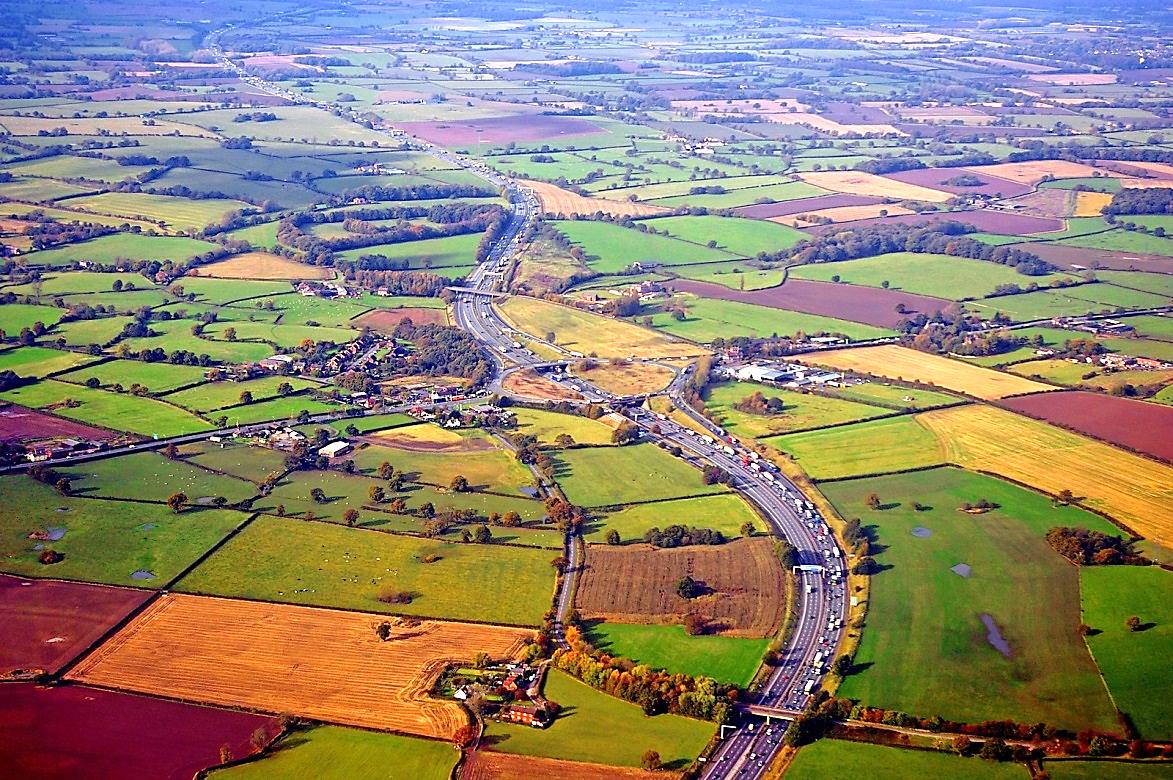
by Fern Shaw | Apr 26, 2016 | Charity, Christian Aid, Water
We should all know the direct correlation between drinking sufficient water and keeping healthy by now (OK, well I should, I’ve researched and written about it often enough – maybe you shouldn’t), but quite surprisingly in spite of a plethora of information from just about everywhere, it seems we still need to be told about this pretty basic principle.
- To be fair (all about fairness, me) in this tech age, I may just be more easily convinced if I had some clever water bottle that glowed at me until I drank from it or;
- What about a water bottle that apparently dings at you when it’s time to drink up!
- Then, getting even more tech spec-ee, what about all these apps that alert you to the fact that you haven’t had your daily water as yet. Yep, there really are a variety of ‘drink water’ apps available for smart phones and for those that like to add cucumber or similar to their water, there is a water bottle / spiral slicer (yep, really) that slices your cucumber directly into your bottles water.
These inventions and concepts (as some are still at the conceptual stage) are quite amazing, clever and resourceful.
For me though, not having a smart phone (oh woe is me) and I’m guessing I’m one of many millions that also don’t have a smart phone, I still believe that it’s kind of up to the individual (unless you have a forward thinking team at work who realise that hydrated employees are happier, healthier and make for a more productive team) to ensure that you drink your water.
What’s even more amazing is that if you choose your drinking water from AquAid, a portion of the proceeds of your water cooler purchase is automatically donated to water projects around the globe – these being to Christian Aid and The Africa Trust.
Now, that’s pretty amazing!

by Fern Shaw | Apr 22, 2016 | water cooler, Water Coolers
Schools are back and summer is on the way. It’s always a concern that your child is getting enough water to drink during their busy school day. Fortunately, school water coolers are pretty much de rigeur in schools across the length and breadth of the U.K.
But what can you do, as parents, to help reinforce your children’s healthy hydration habits when they’re not with you during the day?
The amount of fluid a child needs depends on many factors including age, gender, weather and how much physical activity they get but generally children should aim to have six to eight drinks per day which should ideally be water (on top of the water provided by food in the diet).
Younger children need relatively small servings (e.g. 150ml per drink) and older children need larger servings (e.g. 250-300ml per drink).
Children should be encouraged to sip fluids at regular intervals throughout the day – a lot of children drink fluids at the end of the day when feelings of dehydration have already started to set in.
A few suggestions:
- Start good hydration habits at home by setting an example for your children. Make sure you drink enough water and you’ll soon get them into the habit – young children love to emulate what mom or dad is doing! Plus, of course, you’ll be doing not just your kids but yourself a favour too!
- Do a tour of the school yourself whenever your children start at a new school and make sure that there are sufficient water cooler stations with easy access for the children.
- Simple measures, like the addition of a bottle of water to the school lunchbox or backpack can always help to reinforce your children to keep hydrated. If straws are approved by the school and are appropriate for your child’s age, include a bendy straw, it will, without doubt, add interest to drinking the bottle’s contents, even if it is water!
- You don’t have to stick with just water, but be aware of the calorie count in other drinks such as fruit juices and soft drinks (in fact, perhaps try to stay away from soft drinks, or in fact, anything with fizz in it). Perhaps look at weak squash or diluted fruit juices.

by Fern Shaw | Mar 11, 2016 | Health and Hydration
As I’m typing this, I’m literally looking (through?) a glass of water waiting for inspiration to strike.
Rather funny, that, considering what the topic of this blog’s about. Have you guessed yet?
*eyes slide back to the glass of water*
*ponder* *ruminate*
*again, eyes go back to the glass of water*
Did you guess? Did you? Did you? Perhaps the title gave it away?
I like the fact that some ways down the line speaking about the benefits of drinking water (and believe you me, when you drink water from one of our water products, the benefits are manifold), I continue to learn something new. Isn’t that marvellous? I happen to think it is!
As an example, whereas I’ve covered the length and breadth and depth of hydration; hydration vs. dehydration; how much water to drink; when to drink it; where to drink it; hydration for children; hydration for adult type people; hydration for our elders; etcetera, etcetera. and aside from a mention involving a possible karmic slight accident when driving, I’ve never really been aware or made mention about how vitally important it is that a person driving a car, lorry, any road use vehicle, needs to be sufficiently hydrated in order to operate a vehicle safely.
A driver being hydrated is a thing? Surely not!
Yes, absolutely, driver hydration is a thing. It’s such a thing that there have been definitive studies conducted that establish how vitally important it is for road users to ensure that they keep hydrated while driving.
Why is this?
- Well, as an example, results from these studies have shown that dehydration can occur as easily as having a 1% drop in ydration levels.
- It’s also been proven that a dehydrated driver’s abilities can be as impaired as that of a drunk driver, which in itself is pretty frightening.
- Moreover, the research found that mildly dehydrated drivers are almost twice as likely to make errors on the road when compared with well-hydrated drivers, with dehydrated drivers being more likely to both swerve between lanes and brake late, two of the key causes of vehicle accidents.
As always when I’m learning something, I find information like this fascinating. I’m now more aware of my responsibilities when driving and hopefully, after having read this, now you know too. So, drink up and make sure that your next road trip is a happy and hydrated one, keeping yourself and other road users safe on our roads.

by Fern Shaw | Mar 4, 2016 | Water, water cooler
Does Drinking Water make you Smarter?
Quite simply, yes, it does. How so, you ask (with a healthy lean towards scepticism)? Well, it’s like this:
Every single organ in our bodies relies on being hydrated (i.e. water) to function; this includes the brain.
While you may not realize it, dehydration causes more than just thirst. Water plays an important role in the function of our cells, tissues and organs. Water transports oxygen to the brain, which allows it to communicate important messages to the rest of the body. Even the slightest lack of hydration can reduce your concentration and impair your ability to think clearly and perform well.
Water plumps up our cells, every single last little man jack of them. Think of the benefit of water in terms of when you have dry skin. It becomes shrivelled and crêpe-like the more dehydrated you are. Look at what happens when you rehydrate – your skin becomes noticeably more plumped up, smoothed out and more elastic.
Now picture this example in terms of at a microscopic level – imagine your brain cells lying all flat and sad looking, like a person in a desert, dragging themselves along, trying to function with their body’s resources depleted. They then see an oasis and manage to drink from it. Skip forward in time and that same sad looking, flattened out individual has been transformed into a fully functioning, walking, talking and much happier person all round. The same goes for your cells.
Ergo, our brains depend on proper hydration to function optimally. Brain cells require a delicate balance between water and various elements to operate, and when you lose too much water, that balance is disrupted. Your brain cells lose efficiency.
Years of research have found that when we’re parched, we have more difficulty keeping our attention focused. Dehydration can impair short-term memory function and the recall of long-term memory. The ability to perform mental arithmetic, like calculating whether or not you’ll be late for work if you hit snooze for another 15 minutes, is compromised when your fluids are low.
Over the course of a typical twenty-four hour period, the longest spell most of us go without fluid intake is the six to eight hours we spend sleeping. Sleeping is hardly the kind of activity that you sweat over, but that doesn’t mean you’re not losing water during the night. With every somnolent breath, you expel moisture, and the cumulative effect of a night’s sleep is to dry out.
This may sound like a tome of doom and gloom, but really, if you think about it, it really isn’t. In general, our nearest water source is a small reach or just a few steps away and that’s such good news.
If you want to test the theory, dearie, (I’m not suggesting that you purposefully dehydrate yourself), as you may already know that you probably aren’t drinking enough water daily, or you’re feeling sluggish or don’t have much get-up-and-go; why not try up your water intake? Take your own water bottle to work, replenish from your water cooler often, drink water when you arrive home. You’ll be amazed by the differences and it won’t take too long either if you stick with the ‘hydrate me, myself, I’ campaign.
Before long the only thing that’ll be flattened is that pile of work at your desk and all your paperwork at home. Cheers.

by Fern Shaw | Feb 29, 2016 | Health and Hydration
Two weeks ago I was blathering on about how simple it is to effectively reduce vehicle incidents on the road by instituting driving hydration (and no, this doesn’t mean hydration through drinking your favourite alcoholic tipple and then roaring off down the M1). I tacked the article onto the AquAid FB page and was interested to see the great response it received.
I suppose there are a lot (as in millions, not thousands) of us little humanoids that may take their water hydration very seriously, but there’s perhaps one area where we fall short, and that’s when we get on the road and a driving we will go.
There’s always talk about making sure you’ve had enough rest when you’re about to embark on a road trip or that you’ve eaten well (so you don’t faint while driving and so that your body has sufficient fuel (aha!) for the trip); we do carry on (rightly so) that you shouldn’t be drinking the devil drink before or during driving, but on occasion it seems, we don’t attach enough importance to a very simple solution that will keep most of us bright eyed and bushy tailed whilst travelling and that solution *drumrollllll* is making sure that we’re sufficiently hydrated when driving.
The results from a variety of studies have borne this information out to be true. If you drink sufficient water (alongside with all the other recommendations – sufficient rest, sufficient food, not taking any medication that’ll make you drowsy [so, yes, that cold flu stuff you’re glugging back is a definite NO]) you will be safer (and consequently will keep other road users safer) while driving.
So perhaps this trend is not so much a trend (we hope) but just a rather simple and clever way, borne out by research, to keep you and other road users (we salute you all, those that drive for a living) alert and focused while you criss cross the length and breadth of the country, happily driving and hydrated.





